Esterline: Flying Under the Radar
This little-known company that produces high-tech components for aircraft is poised to profit from the nation's aging fleet of planes.
Airbus and Boeing may be bitter rivals in the world of aerospace. But both depend on one company, Esterline Technologies, for many of the high-tech components needed for flight.
Never heard of Esterline? This Bellevue, Wash., company (symbol ESL) has flown under many an investor's radar because none of its thousands of products is a household name.
But airline passengers around the world depend on its sensors to keep jet engines running smoothly, its seals to maintain cabin pressure and its cockpit controls for safe landings. "We supply the flying fleet, the 17,000 planes that use our parts," says chief executive Robert Cremin. "We also make all the components pilots monitor, touch and turn."
From just $107.88 $24.99 for Kiplinger Personal Finance
Become a smarter, better informed investor. Subscribe from just $107.88 $24.99, plus get up to 4 Special Issues

Sign up for Kiplinger’s Free Newsletters
Profit and prosper with the best of expert advice on investing, taxes, retirement, personal finance and more - straight to your e-mail.
Profit and prosper with the best of expert advice - straight to your e-mail.
Esterline products have been part of every Boeing commercial aircraft platform since 1943. Now it supplies the overhead panel in the cockpit of Boeing's new 787 Dreamliner jet.
The company's products are widely used in the military, too. "On fighters and bombers, we provide stealth materials that can withstand extremes in temperature," says Cremin. Esterline also makes the flares and chaff that distract incoming heat-seeking and radar-guided missiles.
Defense generates about 40% of sales. Commercial aviation makes up another 40%. The remaining 20% comes from industrial and medical sales.
All parts of the company soared in its fiscal first quarter, which ended February 1. Sales rose 45% year-on-year to $372 million.
While organic growth for the quarter was about 25%, the remainder resulted from Esterline's biggest-ever acquisition. It bought Canadian Avionics firm CMC Electronics for $335 million in 2007. Formerly a rival, CMC makes cockpit systems for helicopters, business jets and military transports. It also creates computing systems that unify the avionics systems Esterline already produces. The purchase was funded by the sale of $175 million in bonds.
Esterline's stock, ($56 on April 30) has soared 31% in the past 12 months, though it has shown some choppiness, trading as high as $59 and as low as $41.
Alan Robinson of RBC Wealth Management has a "buy" rating on the stock. "The real key is the increasing age of the worldwide aviation fleet. Esterline is positioned to benefit since it supplies so many parts," says Robinson, adding that new aircraft purchases also provide a tailwind.
But Robinson says the company's greatest strength is its lean manufacturing approach -- an area in which it has invested heavily in recent years. In fiscal 2007, for instance, it spent about 5.6% of net sales on research and development. Esterline is widely known among customers for producing parts more efficiently than could be done in-house.
Now the company is harvesting the investments made in this area, suggesting to Robinson that investing in Esterline at present offers "good value for money."
The honing of its manufacturing operations coupled with a company-wide performance and training system that sets individual goals for employees are a huge source of pride for CEO Cremin. "Our development program is at the heart of what occurs here, where we are in the business of engaging the brains of our workforce," he says. "Because of how we involve and motivate people, we have a continual flow of new products."
Esterline has raised its own guidance on fiscal 2008 earnings to a range of $3.35 to $3.50 per share, a hair below the average analyst estimate of $3.51 per share. Should the analysts be on target, that would be a hefty 33% jump from fiscal 2007.
Based on that estimate, Esterline sports a price-earnings ratio of almost 16, lower than Standard & Poor's 500-stock index at about 20 and also below Esterline's main competitors, Ametek (AME) and Goodrich (GR).
Esterline's earnings for the first quarter included 23 cents per share in tax benefits associated with the purchase of CMC. Take that out, and the average estimate becomes $3.28 for 2008, for a P/E of 17.
While Esterline's revenues and income appear poised to power ahead over the balance of the decade, risk could come from instability in international markets. Robinson also warns that further acquisitions could slow earnings growth because integration of a new company always take time.
Profit and prosper with the best of Kiplinger's advice on investing, taxes, retirement, personal finance and much more. Delivered daily. Enter your email in the box and click Sign Me Up.
-
 Fed's Rate Cuts Could Have Impacts You Might Not Anticipate
Fed's Rate Cuts Could Have Impacts You Might Not AnticipateUnderstanding how lower interest rates could impact your wallet can help you determine the right financial moves to make.
-
 Past Performance Is Not Indicative of Your Adviser's Expertise
Past Performance Is Not Indicative of Your Adviser's ExpertiseMany people find a financial adviser by searching online or asking for referrals from friends or family. This can actually end up costing you big-time.
-
 I'm want to give my 3 grandkids $5K each for Christmas.
I'm want to give my 3 grandkids $5K each for Christmas.You're comfortably retired and want to give your grandkids a big Christmas check, but their parents are worried they might spend it all. We ask the pros for help.
-
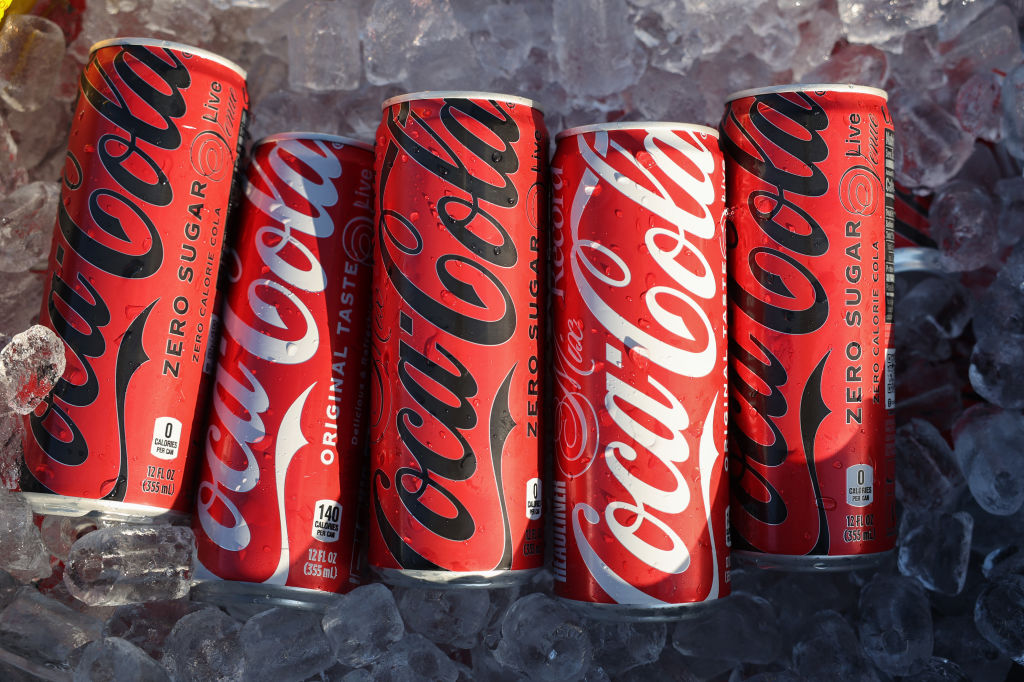 If You'd Put $1,000 Into Coca-Cola Stock 20 Years Ago, Here's What You'd Have Today
If You'd Put $1,000 Into Coca-Cola Stock 20 Years Ago, Here's What You'd Have TodayEven with its reliable dividend growth and generous stock buybacks, Coca-Cola has underperformed the broad market in the long term.
-
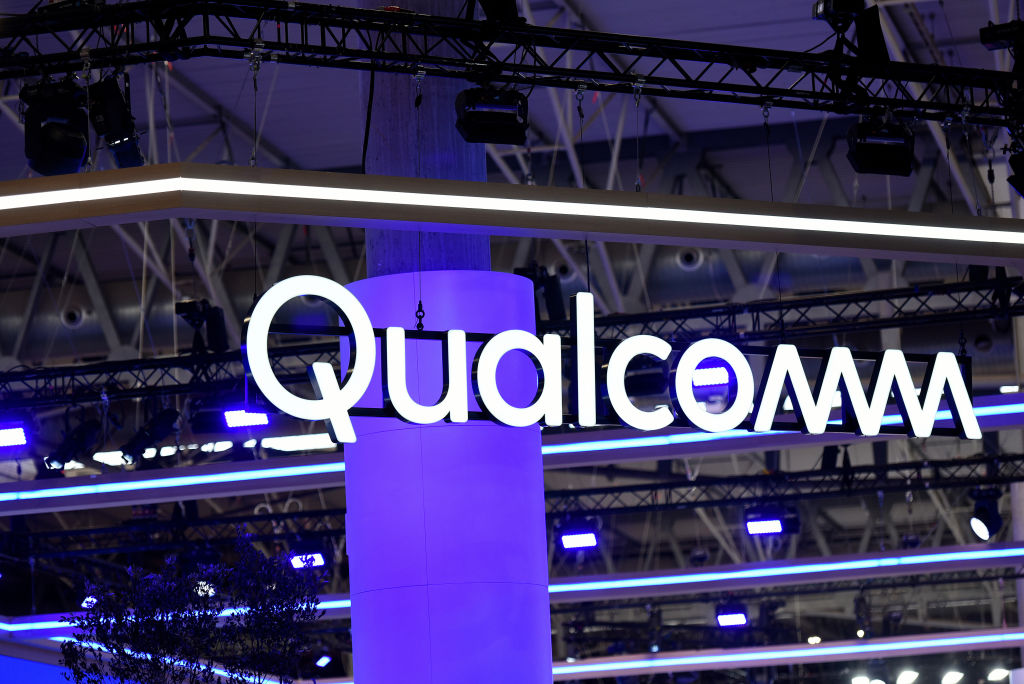 If You Put $1,000 into Qualcomm Stock 20 Years Ago, Here's What You Would Have Today
If You Put $1,000 into Qualcomm Stock 20 Years Ago, Here's What You Would Have TodayQualcomm stock has been a big disappointment for truly long-term investors.
-
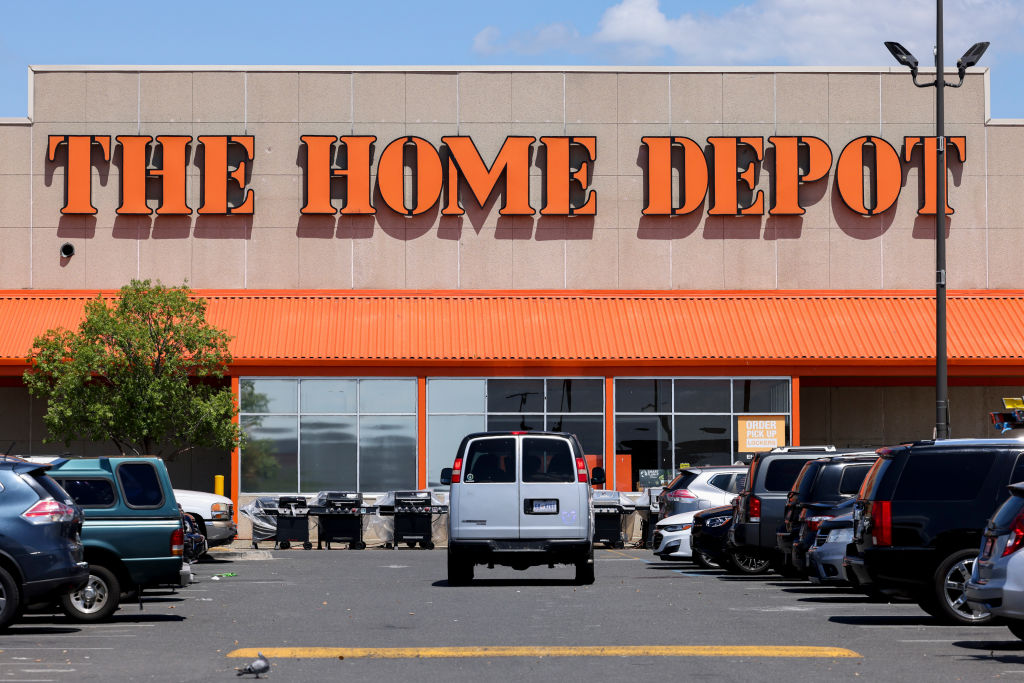 If You'd Put $1,000 Into Home Depot Stock 20 Years Ago, Here's What You'd Have Today
If You'd Put $1,000 Into Home Depot Stock 20 Years Ago, Here's What You'd Have TodayHome Depot stock has been a buy-and-hold banger for truly long-term investors.
-
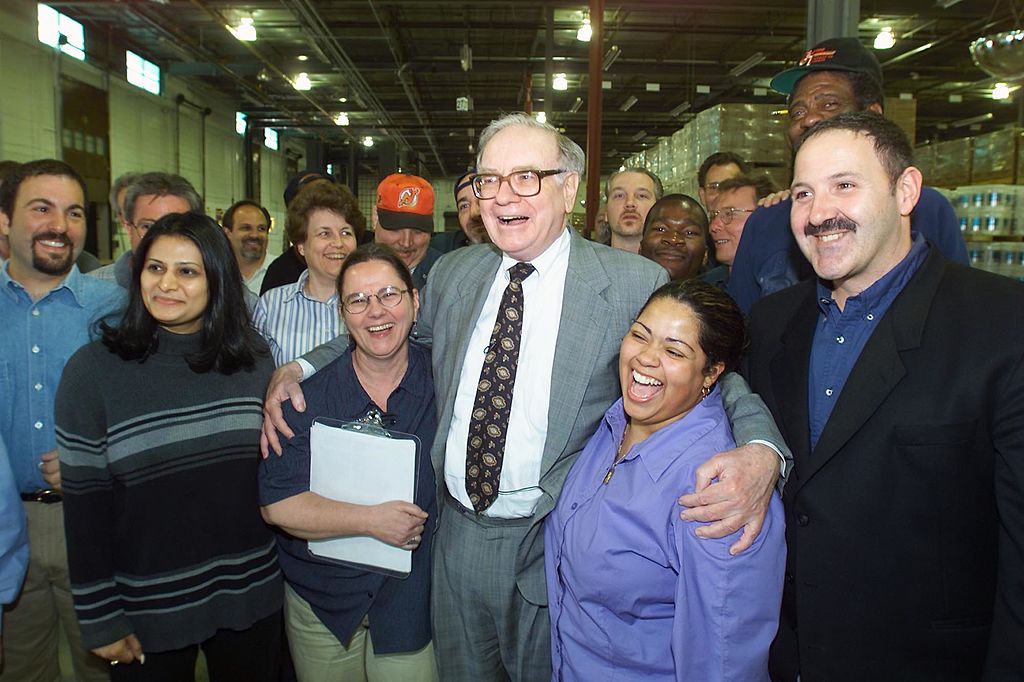 What the Rich Know About Investing That You Don't
What the Rich Know About Investing That You Don'tPeople like Warren Buffett become people like Warren Buffett by following basic rules and being disciplined. Here's how to accumulate real wealth.
-
 If You'd Put $1,000 Into Bank of America Stock 20 Years Ago, Here's What You'd Have Today
If You'd Put $1,000 Into Bank of America Stock 20 Years Ago, Here's What You'd Have TodayBank of America stock has been a massive buy-and-hold bust.
-
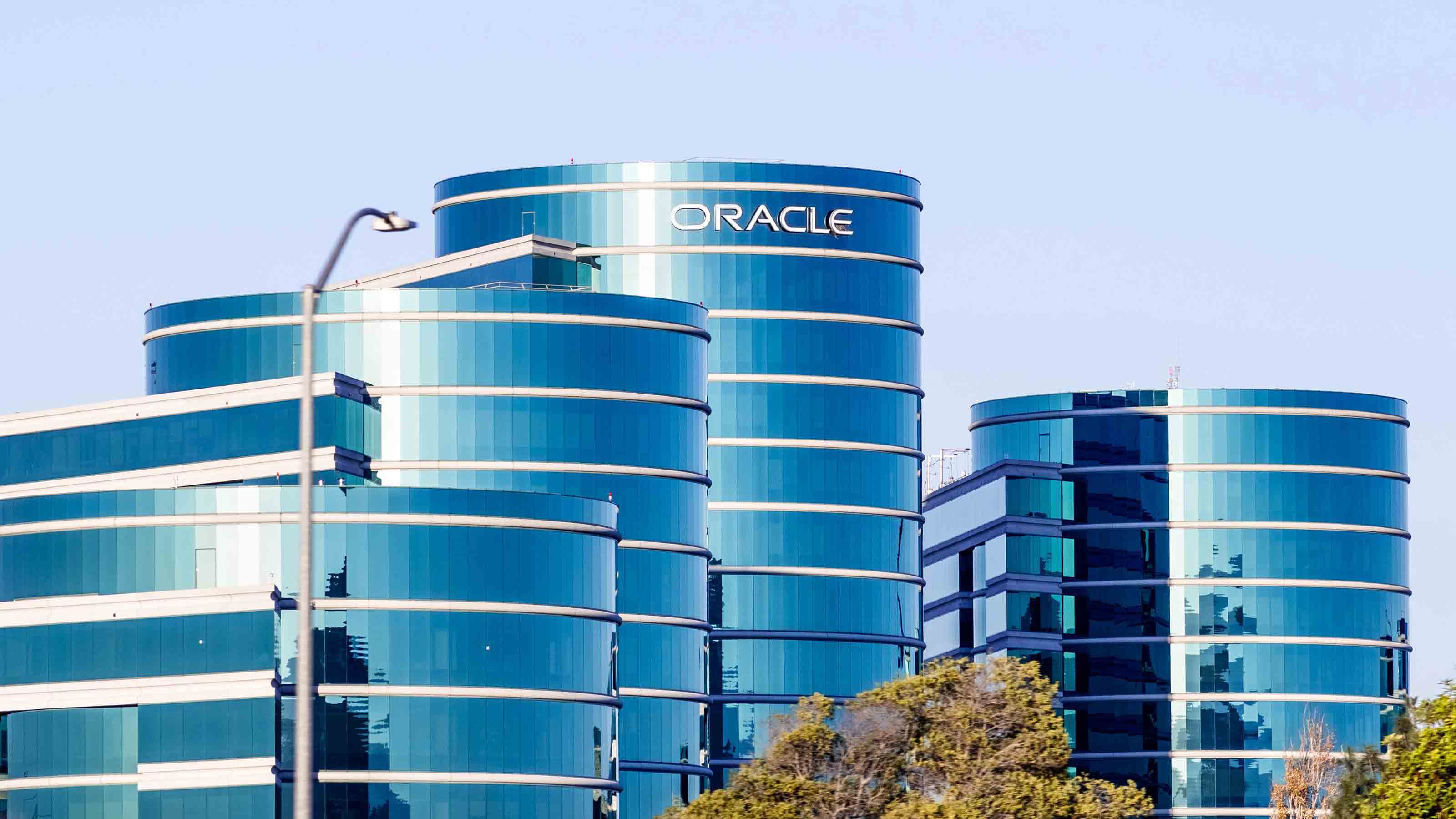
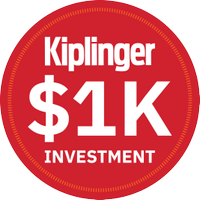 If You'd Put $1,000 Into Oracle Stock 20 Years Ago, Here's What You'd Have Today
If You'd Put $1,000 Into Oracle Stock 20 Years Ago, Here's What You'd Have TodayORCL Oracle stock has been an outstanding buy-and-hold bet for decades.
-
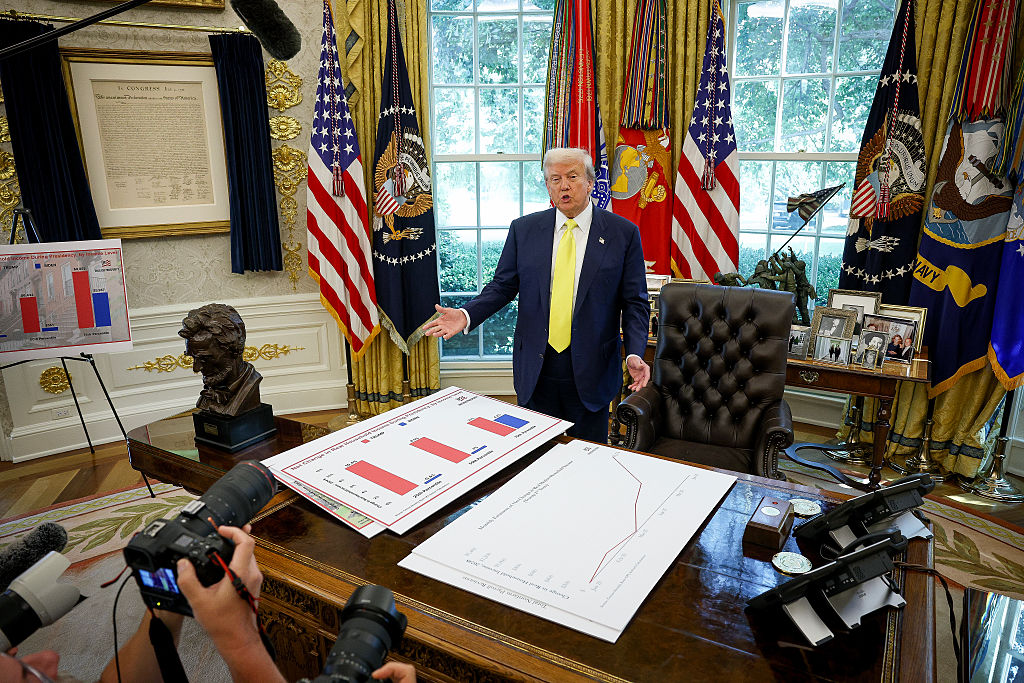 How to Invest for Rising Data Integrity Risk
How to Invest for Rising Data Integrity RiskAmid a broad assault on venerable institutions, President Trump has targeted agencies responsible for data critical to markets. How should investors respond?
-
 If You'd Put $1,000 Into Sherwin-Williams Stock 20 Years Ago, Here's What You'd Have Today
If You'd Put $1,000 Into Sherwin-Williams Stock 20 Years Ago, Here's What You'd Have TodaySherwin-Williams stock has clobbered the broader market by a wide margin for a long time.